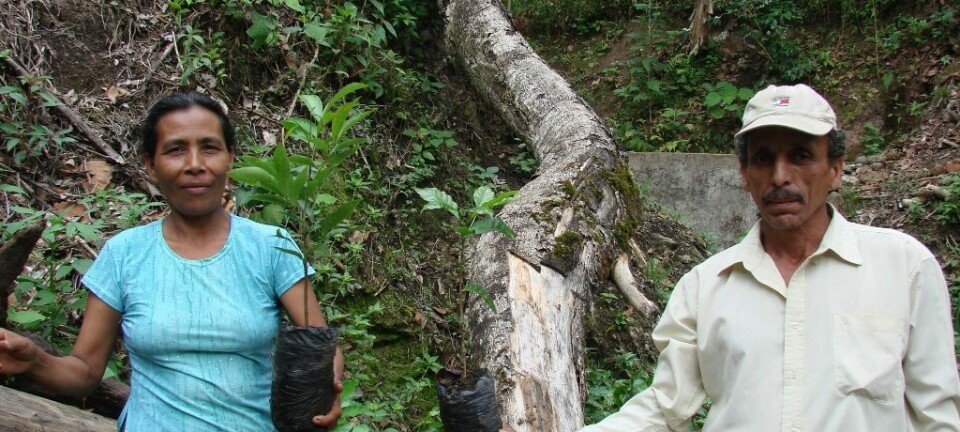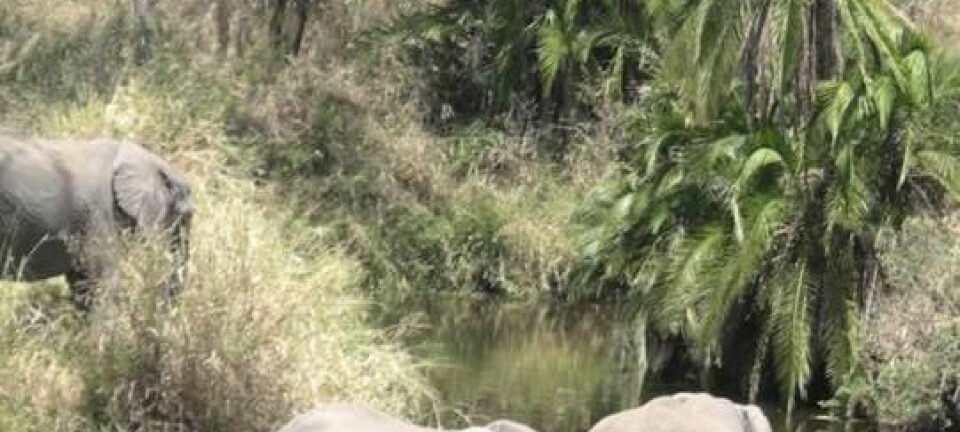
Alarming loss of biodiversity in protected areas
The natural environment is in a far worse state than feared, according to the most comprehensive study so far of conditions in a large number of protected tropical forests.
The term ‘protected area’ should be a guarantee that forests do not lose their plant and animal life diversity.
But this is far from the real situation, according to a comprehensive study published in the scientific journal Nature.
More than 200 researchers from around the world have collaborated in the study, which indicates that the natural environment is in a far worse state than feared.
“This is much more alarming than we thought,” says Finn Danielsen, a biologist and one of the Danish researchers who took part in the study.
“As a target for the year 2020, countries around the world have stipulated that many new protected areas for animals and plants should be established through legislation. This is a good and very important target. But the results of our study show that setting up protected areas is not enough by itself to maintain the diversity in the Earth’s plant and animal life.”
Danielsen is the director of the Nordic Foundation for Development and Ecology – an NGO that promotes viable local development and conservation of natural resources.
Researchers studied forests around the world
In their study, the international team of researchers looked at 60 representative protected forest areas in 36 countries in the Americas, Asia, Africa and the Pacific Ocean.
In each location, the researchers had the help of four or five experienced local experts to determine whether the individual forests had been able to maintain their biodiversity over the past 30 years.
The results are anything but good.
“We can see that things have gone reasonably well in about half of the areas studied,” says Danielsen.
“They ‘function’ and ensure a degree of protection for the animal and plant life there. But the situation in the remaining 50 percent has worsened – these areas are under extreme pressure, which has led to a loss of species.”
Larger animals such as apes, large birds and amphibians have been particularly badly hit in the protected areas, but many large trees and orchids have also disappeared.
“This is the first time that researchers have had an opportunity to gather such a large amount of data about the situation in the protected areas,” he says.
“We’ve often had the impression that once a protected area has been established we were assured that there would no loss of biodiversity there. However, our research shows that this is not the case. Establishing these areas is not enough – much, much more has to be done.”
Neighbouring areas impact on protected forests
The regression in the natural environment of the protected areas is due in part to developments in neighbouring areas.
The forests in neighbouring areas are not protected, and degradation here impacts on protected areas in a way few believed possible.
“We can see that the protected areas reflect what’s happening in the unprotected neighbouring areas, where the biodiversity has been degraded by illegal tree-felling and farming activities that have expanded into the forests,” says Danielsen.
“This means we must set completely new targets for the work of conserving nature. It’s no longer enough to protect a forest area – we must also ensure an environmentally correct way of using the land in a large buffer zone around the protected area, so we don’t see any loss of biodiversity in the protected forest itself.”
Buffer zones should be established by e.g. clarifying questions about land ownership, so it is clear who is responsible for any given area. In addition, sustainable production methods on farms and plantations must be supported.
------------------------------------
Read the Danish version of this article at Videnskab.dk
Translated by: Michael de Laine








